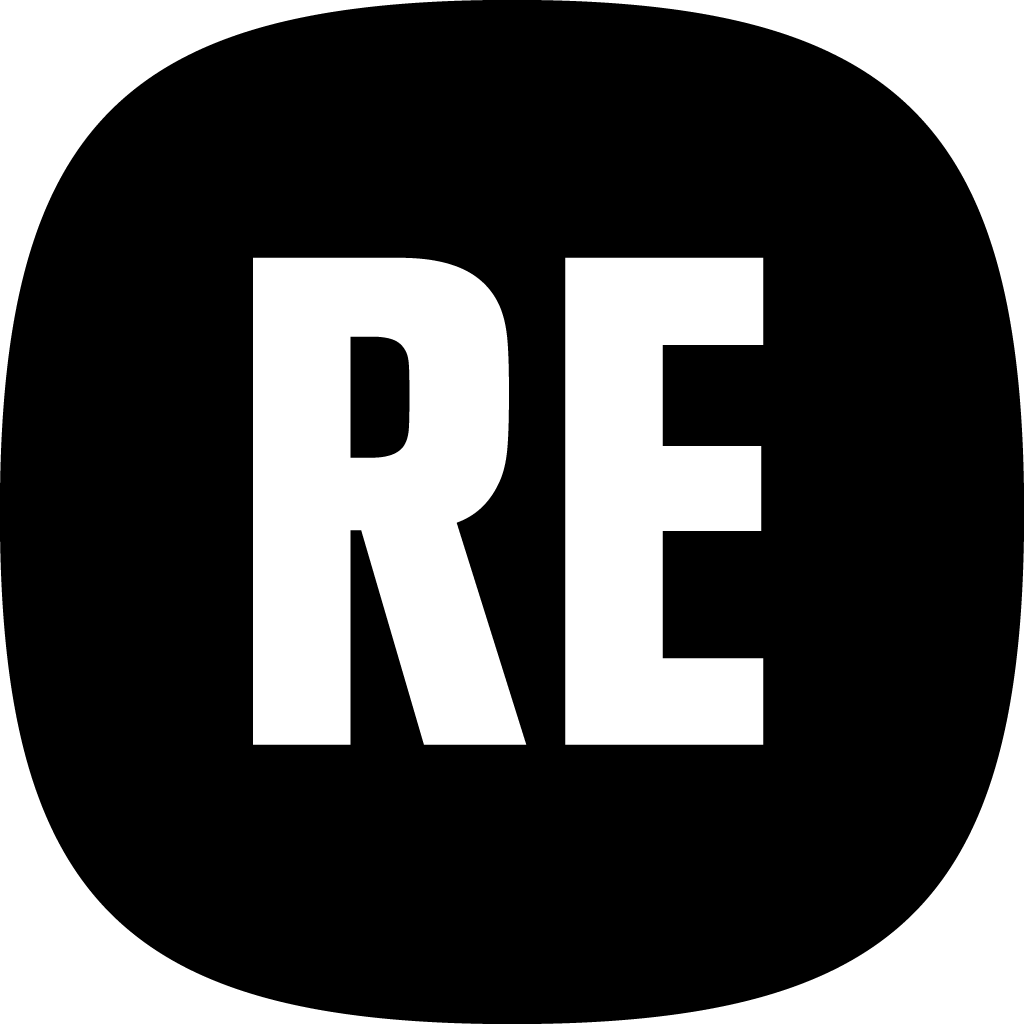Choosing a Project Management Methodology
It’s time to bring your chosen project idea to life!
Before getting started with your project, it is helpful to set up some simple structures for working together. This is an opportunity to voice and align expectations. As the project develops, you can also encourage the development of organic processes and ideas.
Choose your project management methodology by considering the type of work your team will need to carry out, along with the demands of meetings, communication strategies, design processes, timelines, and budget. These factors will help shape the most suitable methodology to adopt and build upon.You can choose from existing styles of working together, such as AGILE, which has a variety of variations from Kanban to Scrum.
Agree on which tools and platforms you want to use to communicate and work together, whether it's Slack, Basecamp, or a regular weekly call. This will help everyone to stay involved and ensure that important information isn’t lost. The tools and platforms may need to change as the project progresses.
Whichever style of collaboration you choose, remember to maintain communication with all participants and, if possible, involve them in this decision. This will help to align expectations and choose a collaboration style that is achievable for everyone involved.
Project Management Methods
Agile
Best for: Iterative, evolving projects; digital initiatives; community-driven efforts
How it works: It breaks projects into small tasks (sprints for Scrum, visual boards for Kanban) with regular feedback loops
Why it's good: Flexible, encourages collaboration, and works well for projects with shifting needs
Reference: https://projectmanagement.ie/blog/agile-methodologies-and-framework/
Logical Framework Approach
Best for: Grant-funded projects, structured development programmes
How it works: It uses a matrix to map goals, outputs, activities, and indicators, helping with reporting and monitoring
Why it's good: Clear and funder-friendly, ensuring accountability and tracking impact
Design Thinking
Best for: Audience engagement, exhibition or service design, innovation-driven projects
How it works: It uses a human-centred, iterative process (empathize, define, ideate, prototype, test)
Why it's good: It encourages creativity and user participation, useful for designing experiences or tools
Reference: https://thedigitalprojectmanager.com/projects/pm-methodology/design-thinking-project-management/
Example: Here is how the Hunt Museum Living Lab chose its project management methodology
Creating a collaboration setup for the Hunt Museum Living Lab involved integrating Agile methodologies, organising sprints, and implementing appropriate tools to facilitate effective teamwork and project management.
Agile is a project management methodology that emphasises iterative development, flexibility, and collaboration. Its key principles include regular adaptation to change, continuous improvement, and stakeholder involvement throughout the project.
Firstly, we designated a Scrum Master responsible for facilitating the Agile process. This person was the project manager for the Hunt project and had an overview of all the work being done by the various participants.
Once the goals and objectives were defined, they were broken up into manageable tasks and organised using the project management tool Trello. Tasks were split up into sprints, which were typically 4 weeks long, with weekly team meetings.
At the end of each sprint, a review meeting was held with participants to demonstrate the completed work and gather feedback. Additionally, we discussed what went well, what could be improved, and action items for the next sprint – make sure that this is an open conversation where all participants are receptive to critique and not afraid to give it!
Be open to changing requirements and continuously refine the actions to be taken based on feedback and evolving needs. This helps in aligning the project with everyone’s expectations and needs!

Share